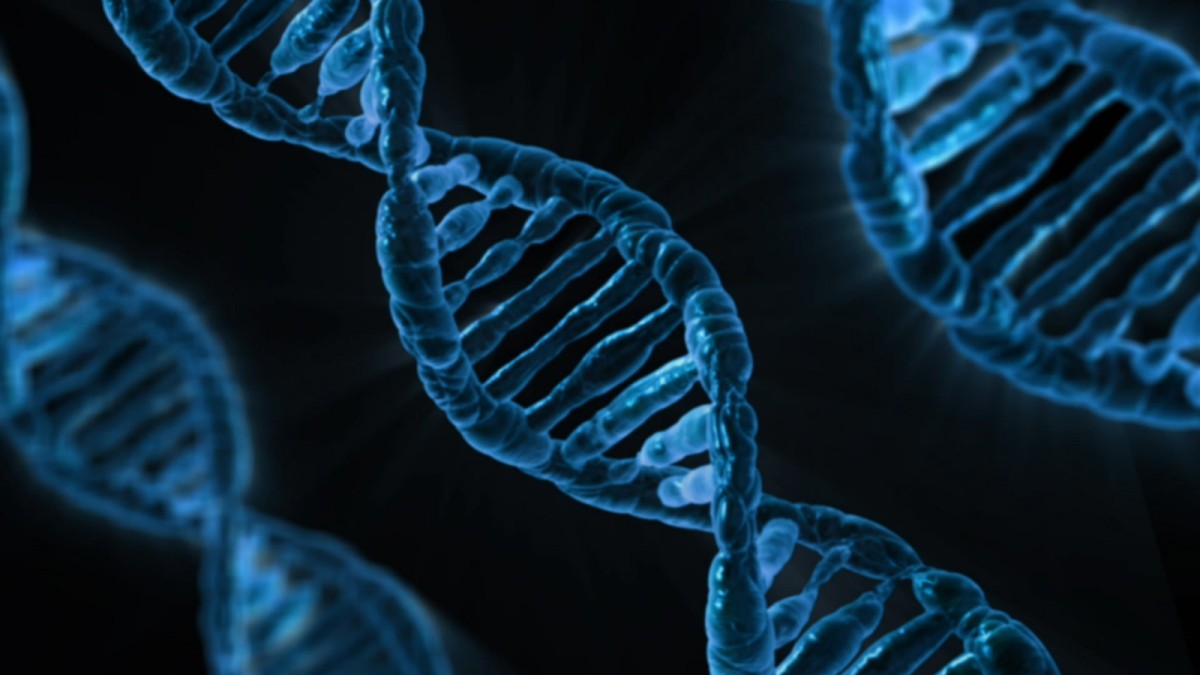Random finds play a role in research that should not be underestimated. So it was a coincidence when Japanese researchers discovered a mysterious section in the genome of bacteria in 1987. Years later it became clear that the strange genetic motif belongs to a defense system with which bacteria defend themselves against bacteriophages, i.e. viruses – they deliberately cut the intruders’ genetic make-up short and small. And again years later, two scientists realized that the system called Crispr-Cas can be hijacked as a genetic engineering tool for practically all living things. The crucial publication appeared in late 2012 Science, and what followed was a revolution. Crispr-Cas conquered life sciences and medical research within a few years. The first studies on patients started last year.
But the story doesn’t end there. According to a recent report in Nature Another chance discovery could now usher in the next stage of the revolution: It was only a few years ago that microbiologists stumbled across another defense system – this time one of the bacteriophages themselves. The viruses insert genes into the genetic material of the bacteria from which small proteins are made. These proteins slow down the genetic scissors and can even put them out of action. Researchers have now discovered a good 50 different anti-Crispr proteins in viruses – and, as studies have shown, anti-Crispr can also be used to control and control the modern Crispr-Cas gene scissors in biomedicine.
“Crispr-Cas is a really powerful technology”
“With these substances we can address several problems in gene therapy use of Crispr-Cas,” says Dominik Niopek from the University Hospital and the Bio-Quant Center at Heidelberg University. In the current studies, cells from patients outside the body are still being treated in order to cure, for example, genetic diseases of the blood. The gene scissors remove or inactivate defective genes or switch genome pieces on again. “However, for diseases like muscular dystrophy, such treatment is not possible outside the body,” explains Niopek. And only tissues and cells in the body that are affected by the disease should be treated. With Dirk Grimm from Heidelberg University Hospital and Roland Eils from Berlin Charité 2019, Niopek has shown that anti-crisp proteins can be equipped with a switch that is specific to cells or tissues. Shortly afterwards, US researchers succeeded in using this switch to target genome editing in the liver of mice.

 –
– –
–
